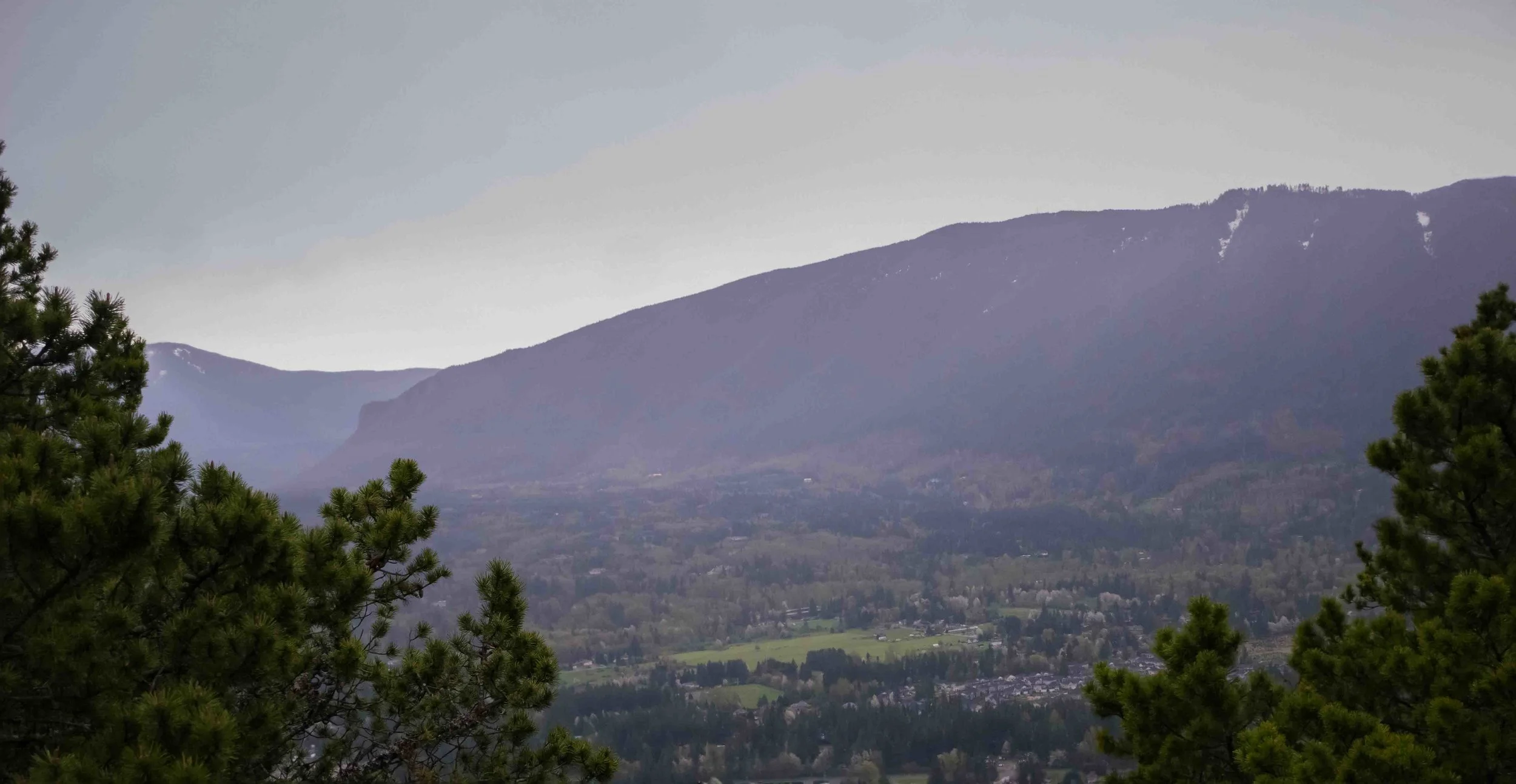Trees Pacific NW highlights the easiest-to-spot distinctive features of each tree.
What are the advantages of this app?
1. Compared to a book, you are more likely to have Trees PNW with you, in your pocket.
2. Using this app, you can learn to recognize a tree by its most-distinguishing features. These features are different for each species. Tree books are not organized this way.
3. In Trees PNW, you can examine the trees in a number of ways. You can go directly to any of these categories:
#1 Tree
Top 10
Conifer
Broadleaf
West side
East side
Coastal
Low elevation
Mid elevation
High elevation
All trees
Favorites
In contrast, books are organized in a single predetermined order.
4. Trees PNW contains a number of "Compare" links. By tapping on these links, photos of the same feature (e.g., the bark) on two or more trees will pop up. This allows you to compare easily.
5. In the app, over 100 terms have links directly to a glossary. Just tap on the word or phrase to get the definition.
6. In the app, there are FAQs such as “What is forest succession?” or “How do trees draw water all the way up?” These FAQs are links. Tap the link to read the explanation.
7. The photos in Trees PNW are higher-quality than in typical tree books.
Why is this app useful?
Trees PNW helps you learn about native trees of the Pacific Northwest by their most-distinctive features, the same way you recognize your friends, your dog or cat, or your car.
The most-distinctive feature of one species may be its bark, while the most-distinctive feature of another species may be its cones or needles or branches. Trees PNW provides a customized approach for each tree species.
Once you learn the basics, you can choose to dig more deeply. There are additional photos, links, and discussions to increase your understanding.

